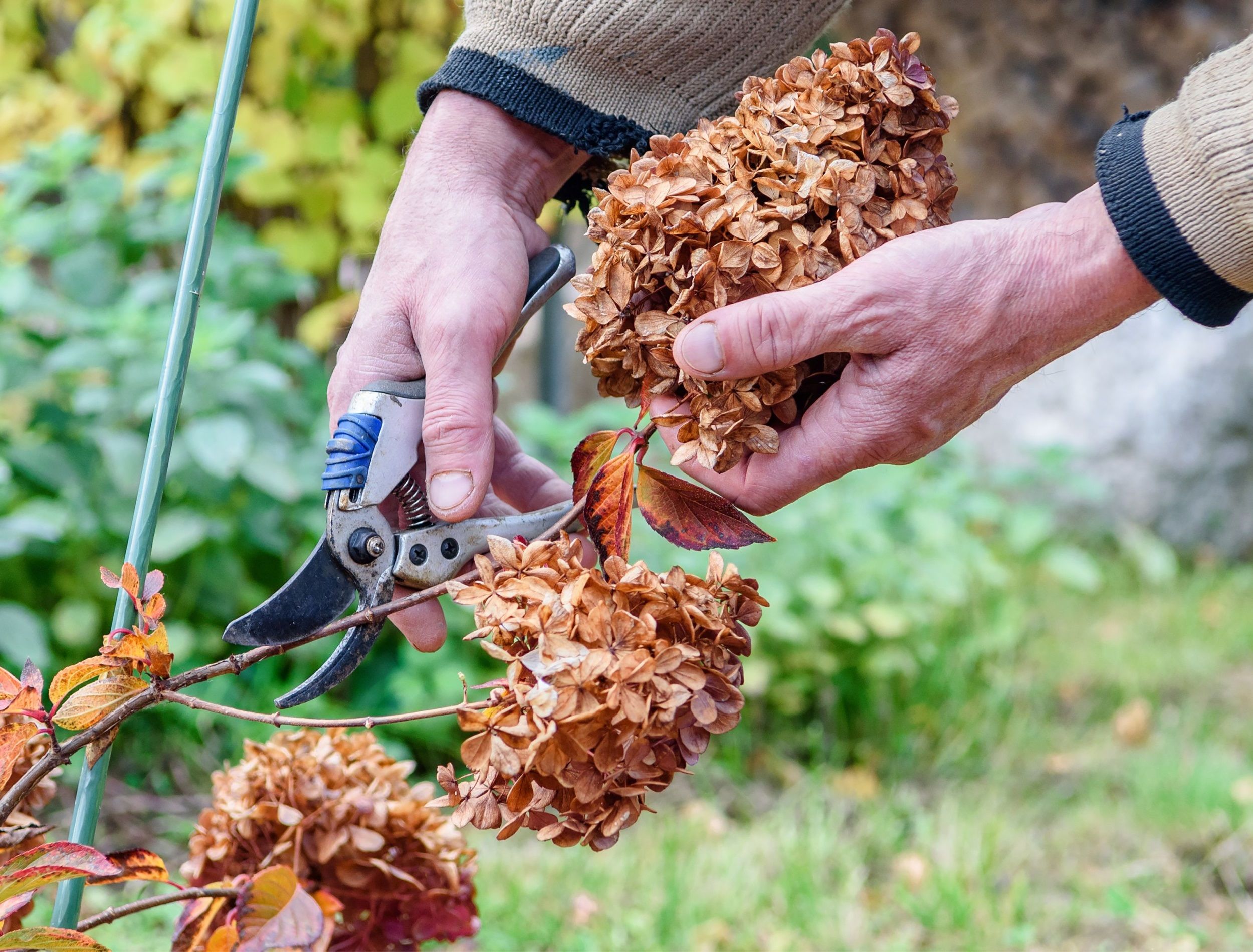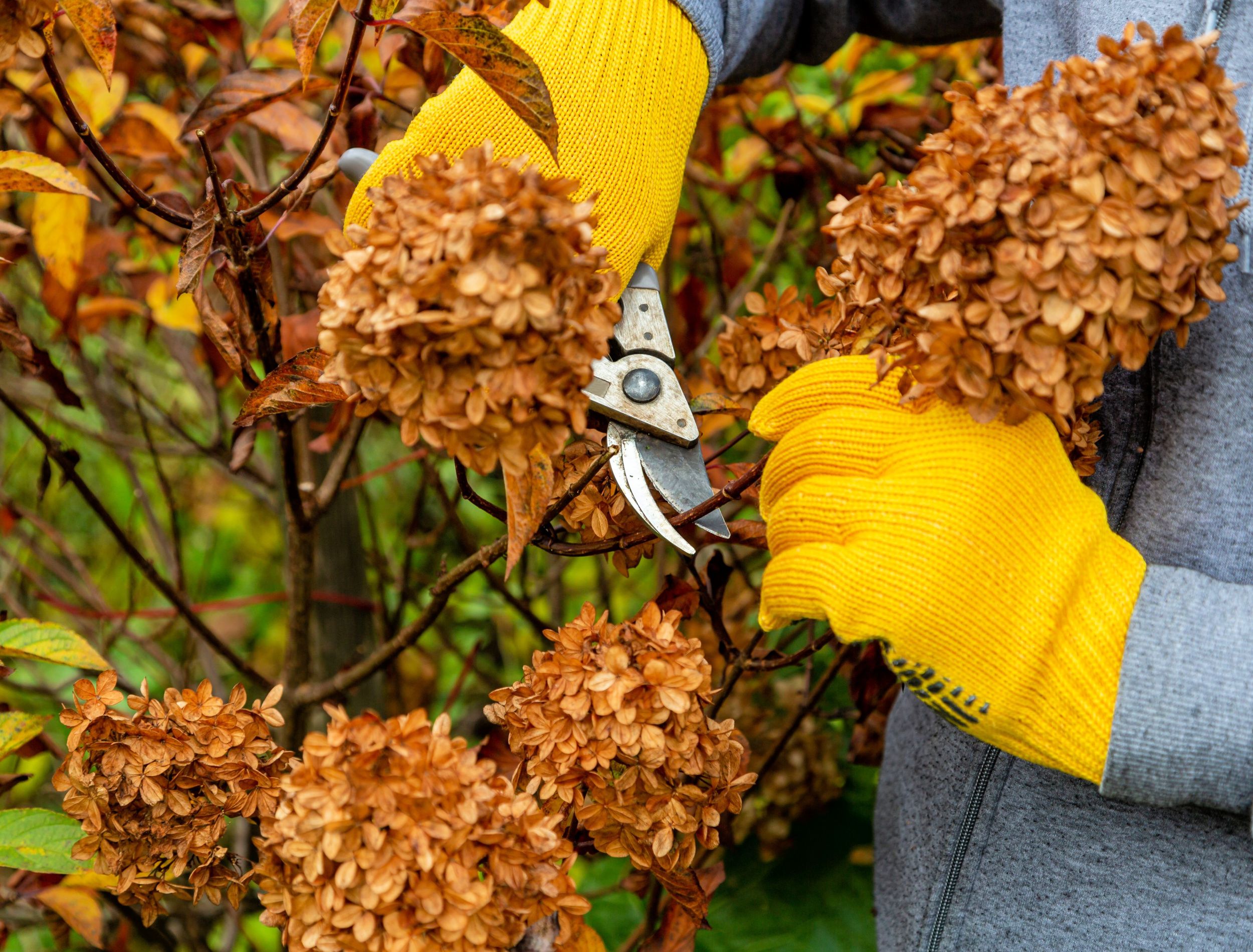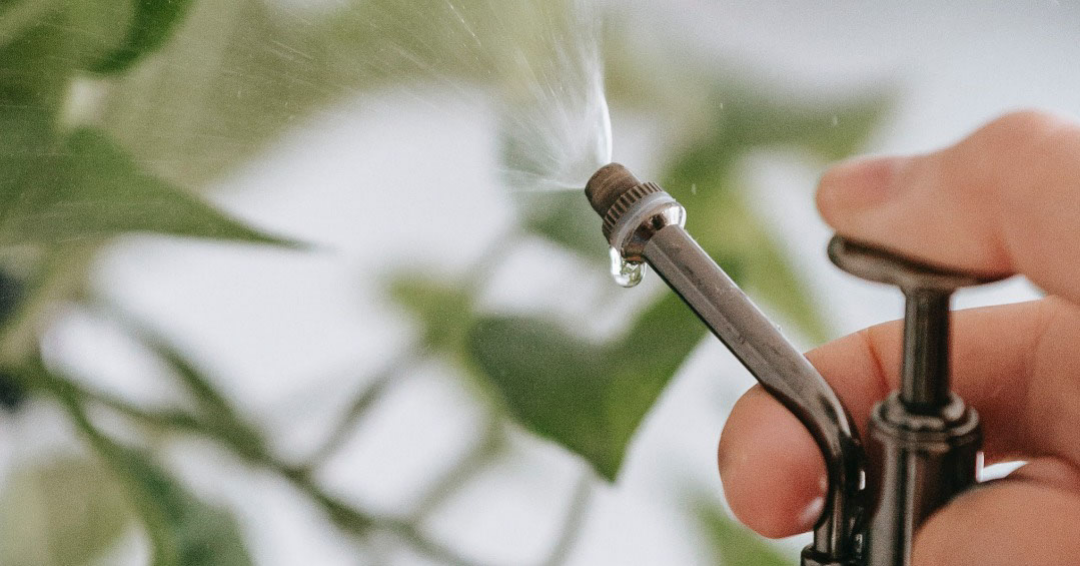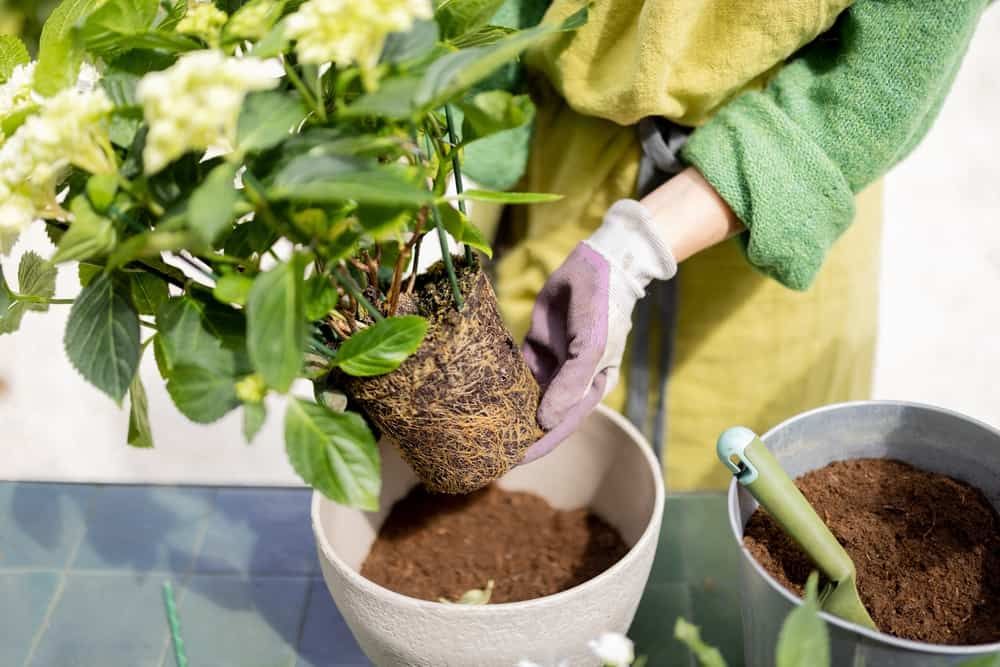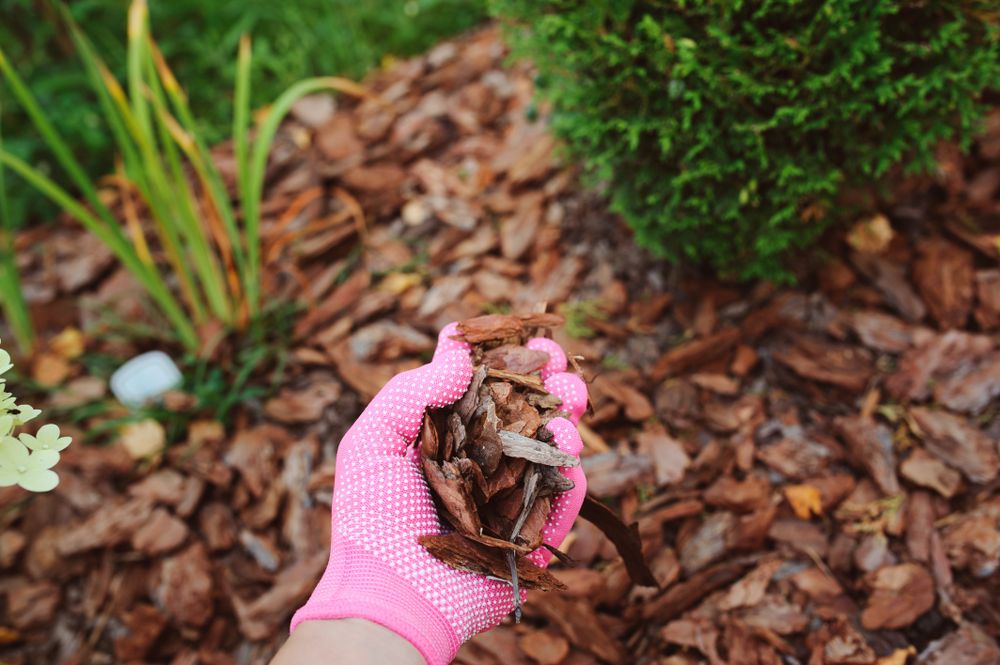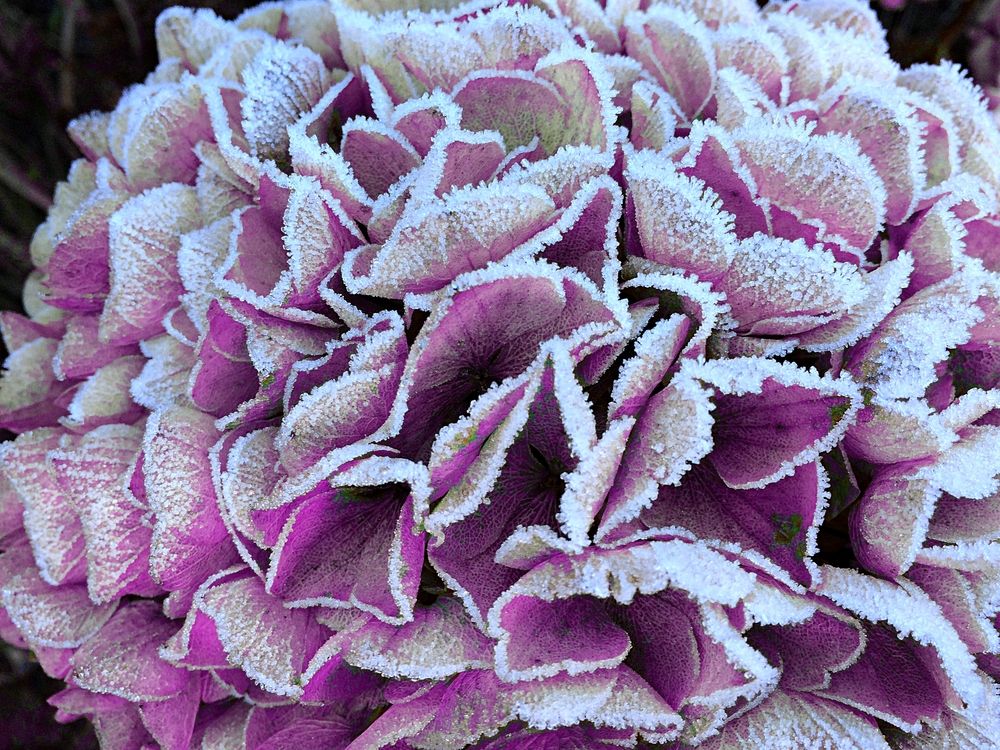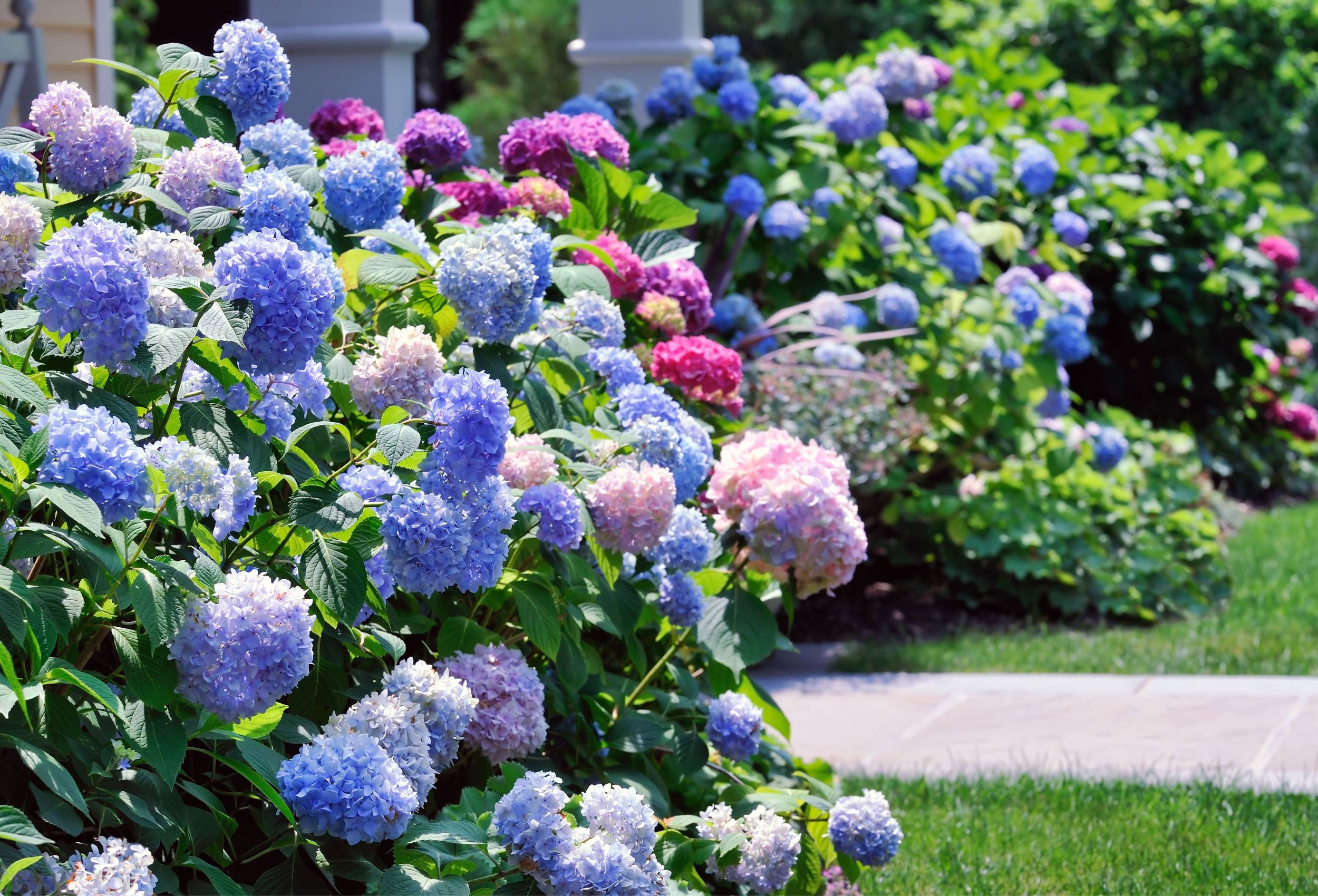Nothing signifies spring beauty like the lush blooms of a hydrangea bush! From deep pink hues to pale white shades, these eye-catching plants make your garden look absolutely stunning.
Caring for your beloved hydrangeas in early spring requires a little extra attention and effort. After all, if you want to enjoy magnificent blossoms into summer, you need to monitor their growth and keep them well-nourished during this crucial period.
Learn top tips on giving your hydrangeas the love they need in the coming months!
Pruning
Image credits: S.O.E via Shutterstock
If you have a hydrangea that blooms on new wood, such as the 'Smooth' hydrangea, early spring is a great time to give it a good cut! Pruning in early spring after the hard frosts have passed helps promote new growth and encourages full blooms later on.
Cut 1⁄2 to 1 inch above a budding node at a 45-degree angle. Remove dead branches or foliage, as well as ones that may have become too long or out of place during winter.
But remember, the later and more drastically you cut back, the fewer blooms you'll get.
Note: Depending on your type of hydrangea, cut back dead wood or unruly stems in early spring, summer after blooming, or late winter.
Fertilizing
Image credits: Teona Swift via Pexels
Fertilizing your hydrangeas in the early spring is an essential step to ensure they have a firm foundation for the growing season ahead. Apply a slow-release 10-10-10 fertilizer formulation when the shrubs are just beginning to show new growth. Doing so provides them with vital nutrients, like nitrogen, phosphorous, and potassium, which help strengthen their stems and create more blooms.
Additionally, you can add some compost at the base of each plant. This gives them an extra boost of nutrition that ensures hydrangeas look lush and vibrant all summer long!
Pro Tip: Fertilize your plant again in early summer to ensure proper nutrition and promote healthy growth.
Planting and Transplanting
Image credits: RossHelen via Shutterstock
If you want to plant or transplant hydrangeas, early spring is the perfect time to do so. To get the most out of your blooms, wait to plant until after the last frost date for your area has passed.
Planting in the early spring ensures that your plants can take full advantage of active growth periods (March through September). If you have an established hydrangea that needs a new home, transplant it in either spring or fall for optimal results.
Mulching
Image credits: Maria Evseyeva via Shutterstock
Mulching hydrangeas in early spring is essential for their health and well-being. Mulch acts as an insulator to keep the soil temperature consistent and protect against sudden drops in temperature. It also helps the soil retain moisture, which can be beneficial during dry spells.
To mulch your hydrangeas, spread a layer of organic material such as leaves, straw, or pine bark around the base of each plant. Leave 4 to 6 inches between the mulch and the stems of your plants to prevent rot. Aim for 3 to 5 inches of mulch coverage throughout the bed for maximum water retention.
In addition to mulching, regular watering is key to keeping these beauties blooming during the summer. Deep hydration once a week will help keep them vibrant and healthy, although depending on their variety they might need more in especially dry soil.
Frost Protection
Image credits: tbmnk via Shutterstock
When temperatures dip during the early spring, your beautiful hydrangeas are at risk of frost damage. If you're expecting frost, cover them with sheets or light felts. This helps retain warmth and keeps your buds safe from frost damage. When the danger has passed, remove the coverings to ensure they get plenty of sunlight and air circulation.
Hydrangea Facts
Image credits: Jorge Salcedo via Shutterstock
Native to Asia and the Americas, the vibrant colors of hydrangeas have made them a popular choice for home gardens. There are many different types of hydrangeas available in shades of blue, pink, and purple. The shade of the flowers will depend on the pH level of your soil. Acidic soils produce blues while alkaline soils produce pinks.
This majestic plant boasts large, showy clusters of flowers. Its name comes from the Greek words "hydor" meaning water and "aggeion" meaning vessel. This is a reference to its cup-like fruit and macrophylla which means “large leaf” in reference to its impressive foliage.
Hydrangeas are toxic to dogs, cats, and even horses if ingested in large quantities. The leaves and stems contain a toxin that can be dangerous if consumed in large amounts, so it’s best to keep the flowers away from children and pets.
Spring Into Action
Hydrangeas require special care during the early spring months in order to stay healthy and bloom all season long. Protect them from harsh temperatures, prune regularly, fertilize with organic fertilizer, and use a mulch layer. Following these five tips can ease the pressure of looking after these beloved flowers.
If you have ever successfully taken care of hydrangeas in early spring, leave a comment below and share it with everyone else! Now go out there and enjoy gardening this spring season!

